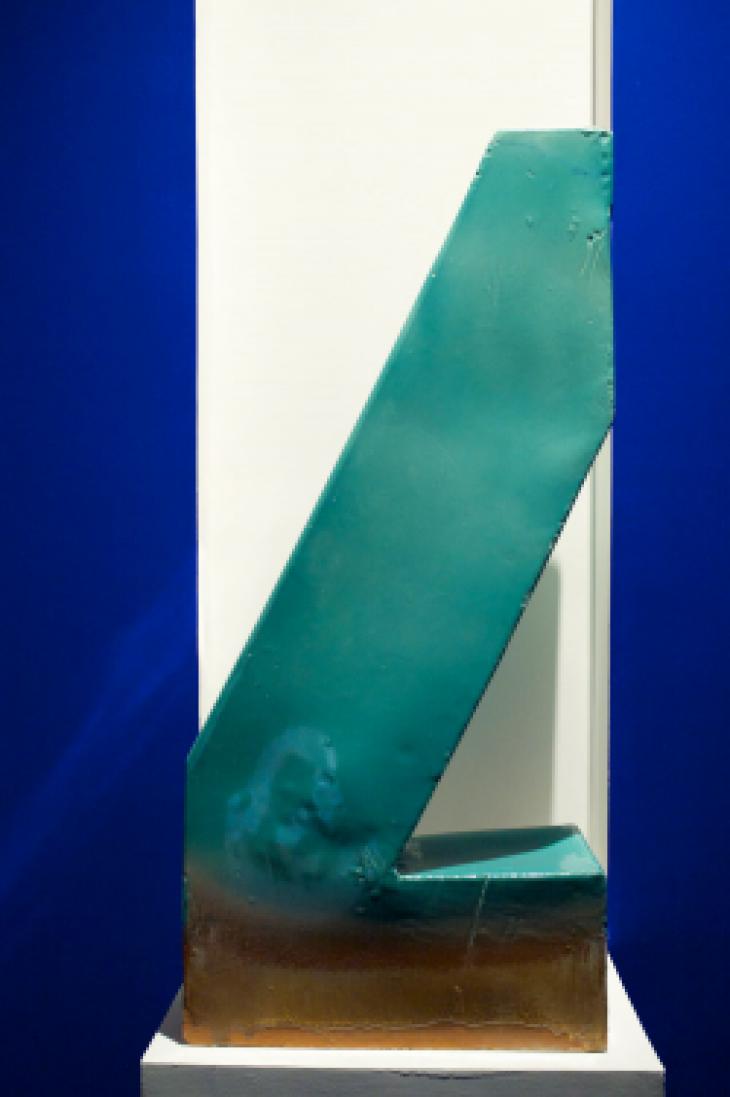
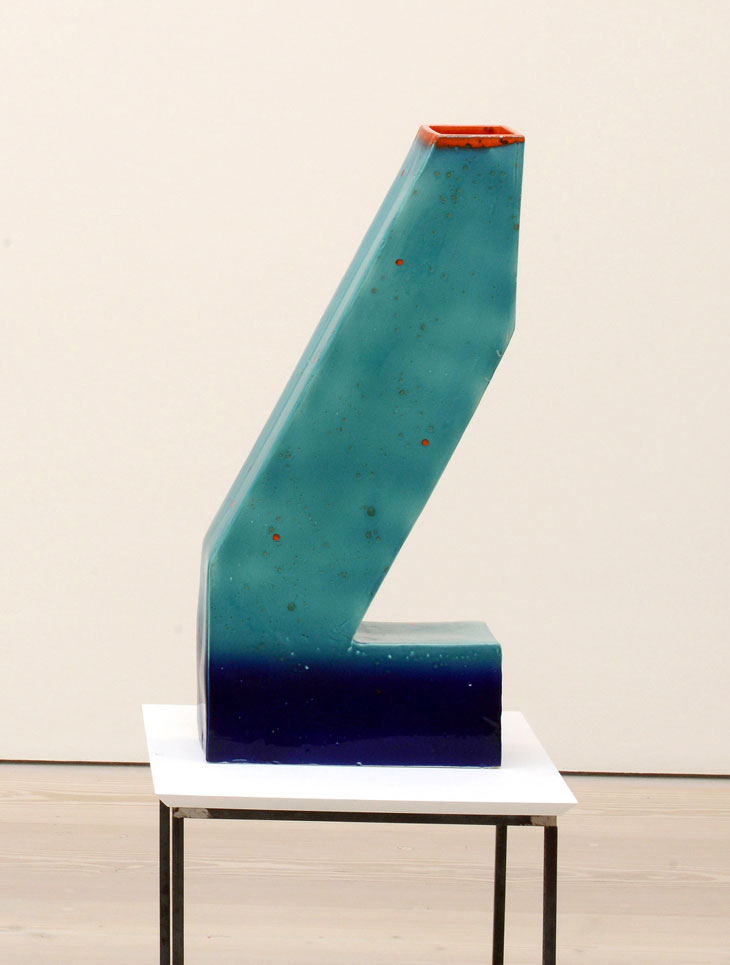
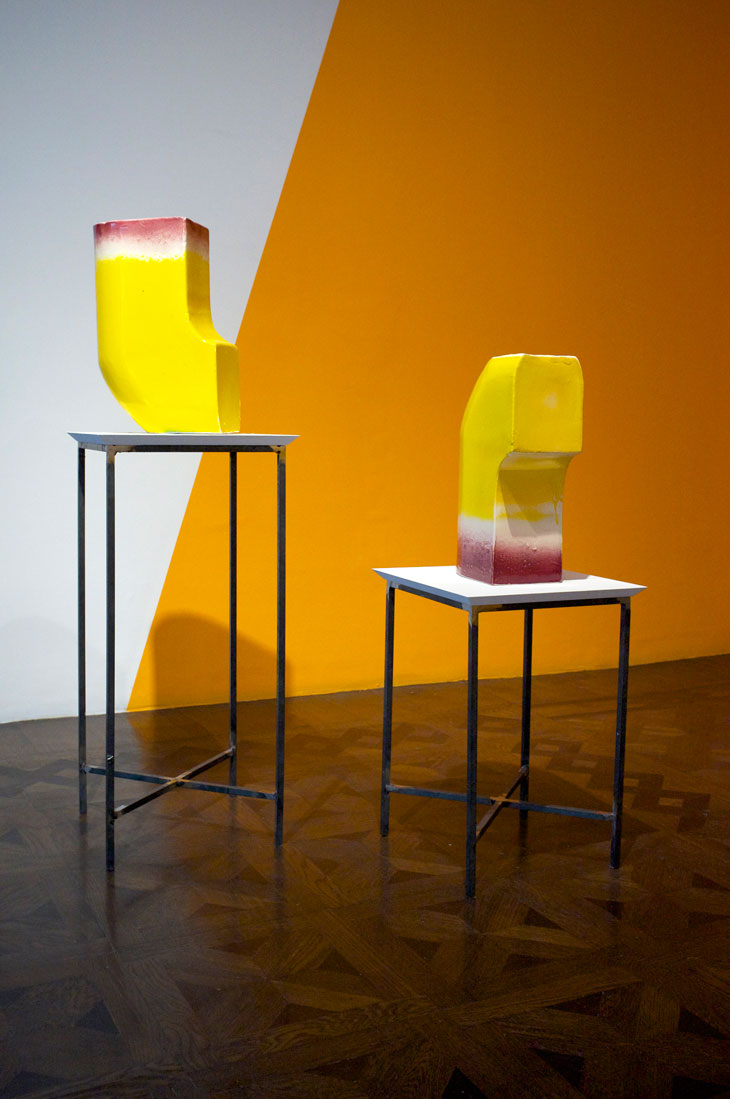
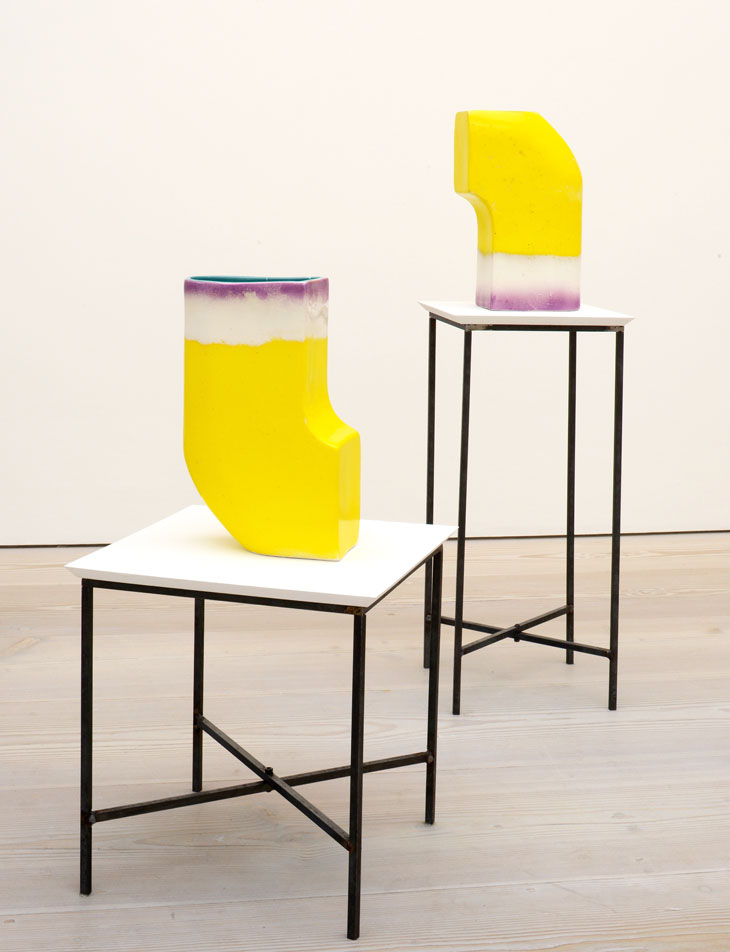
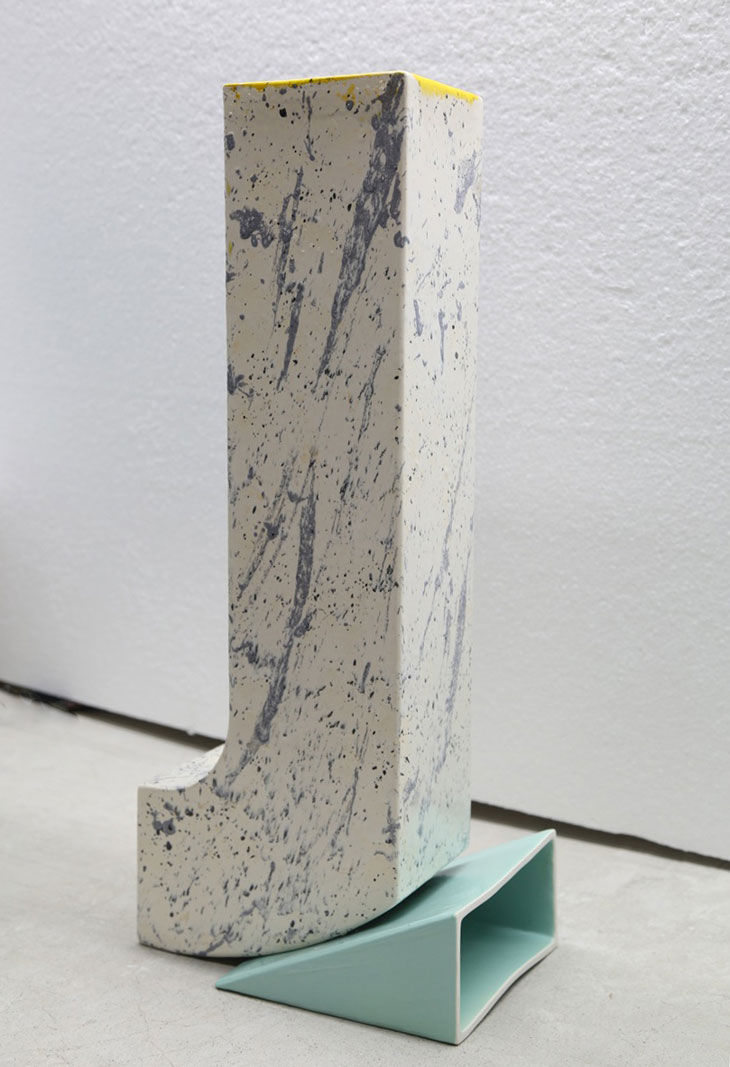

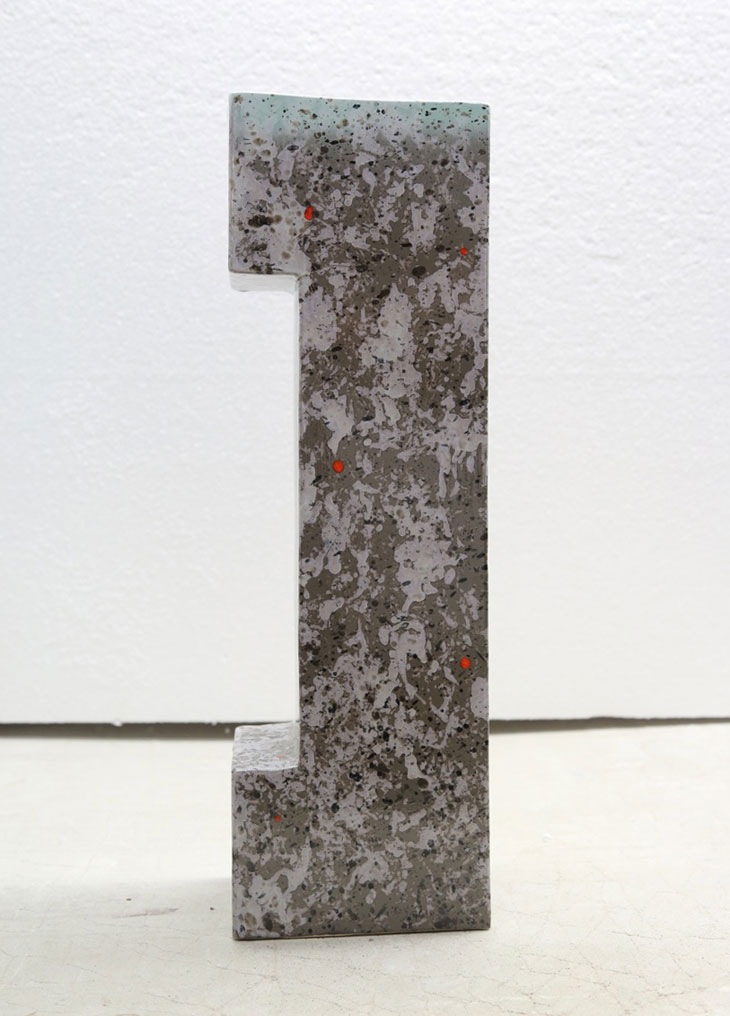
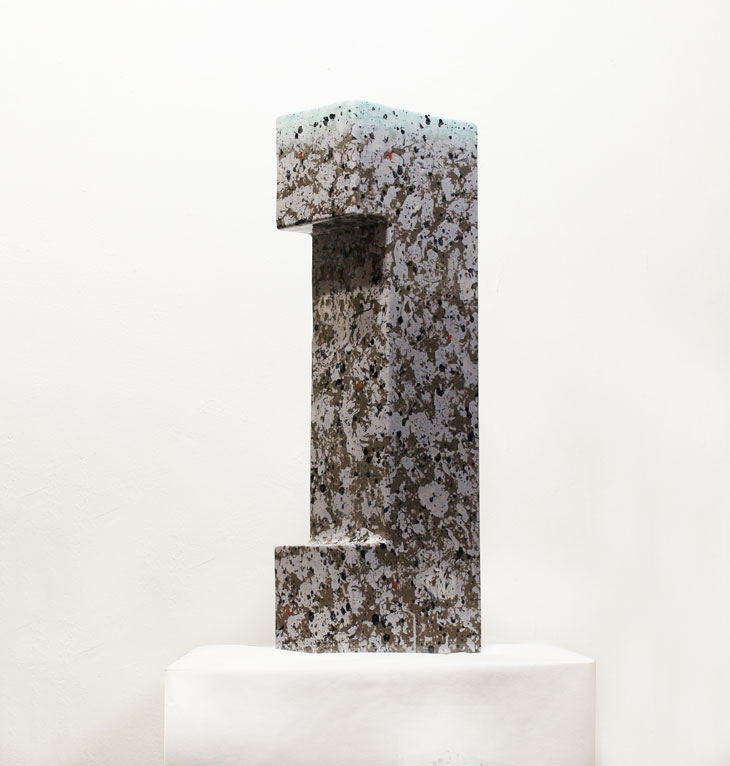

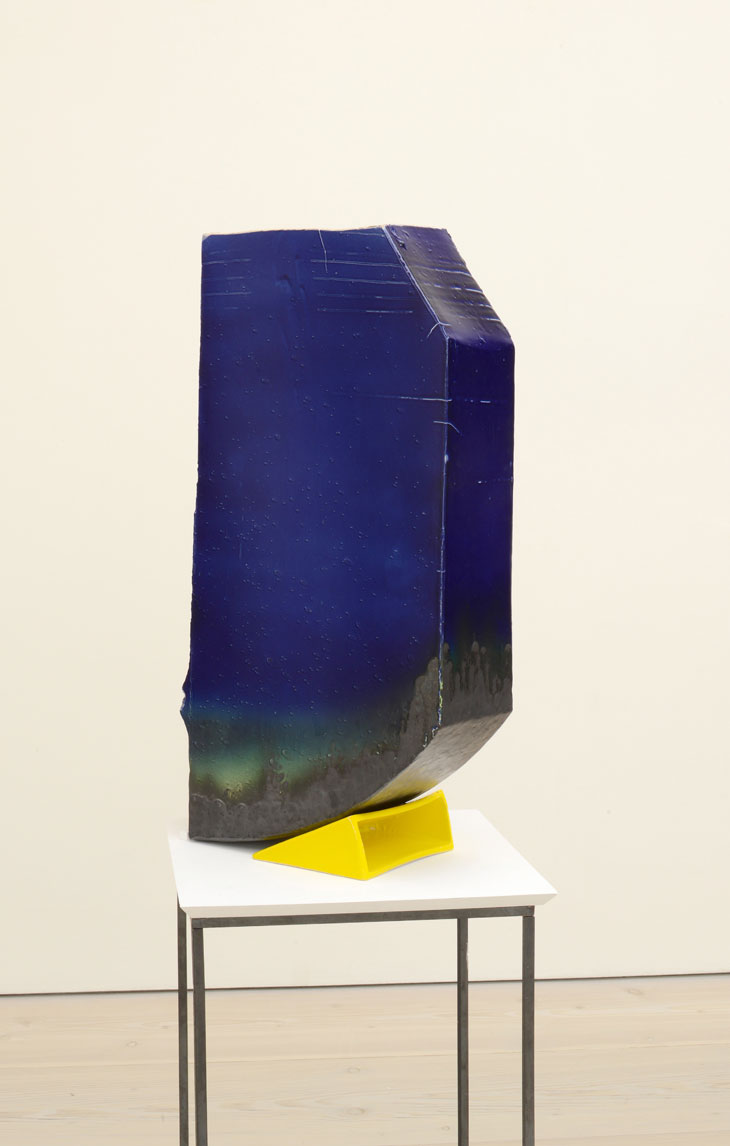
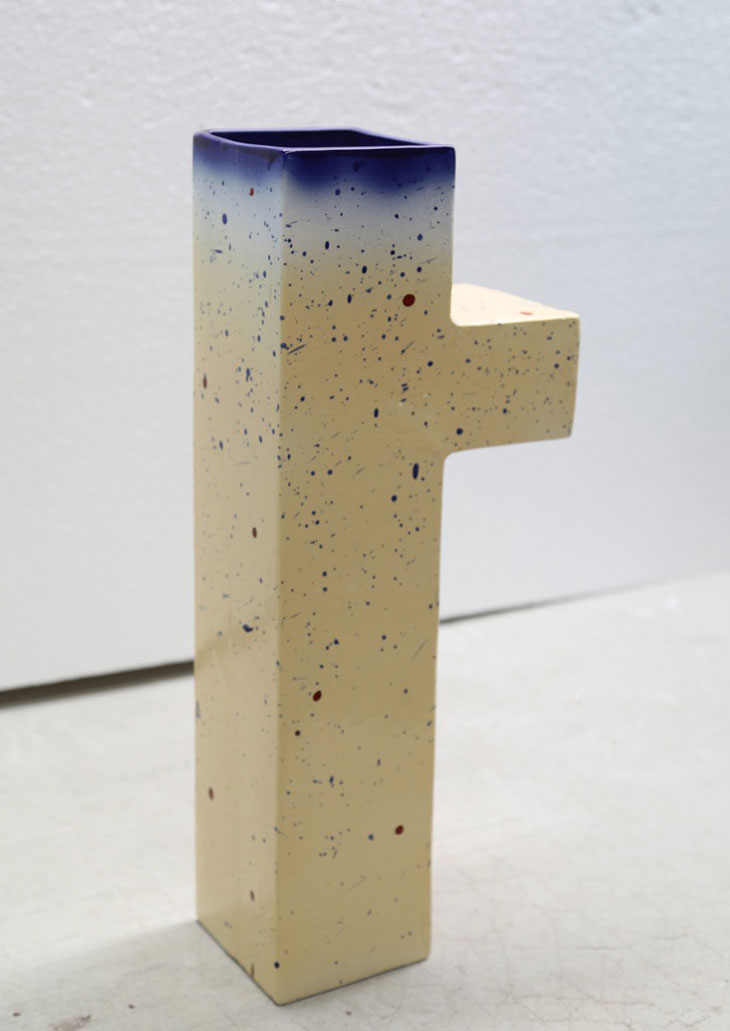
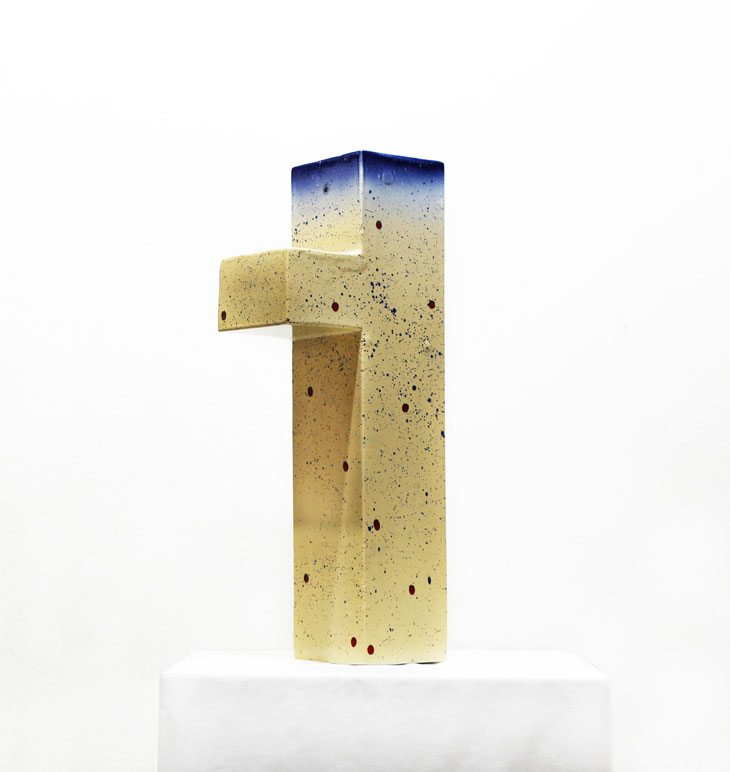
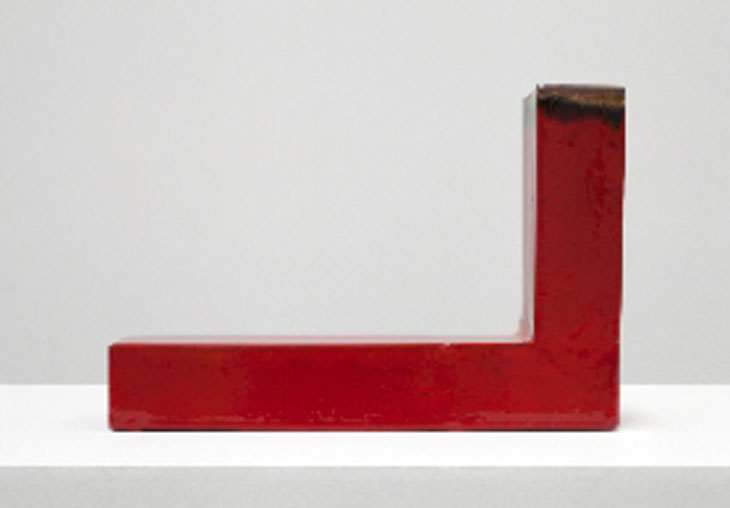
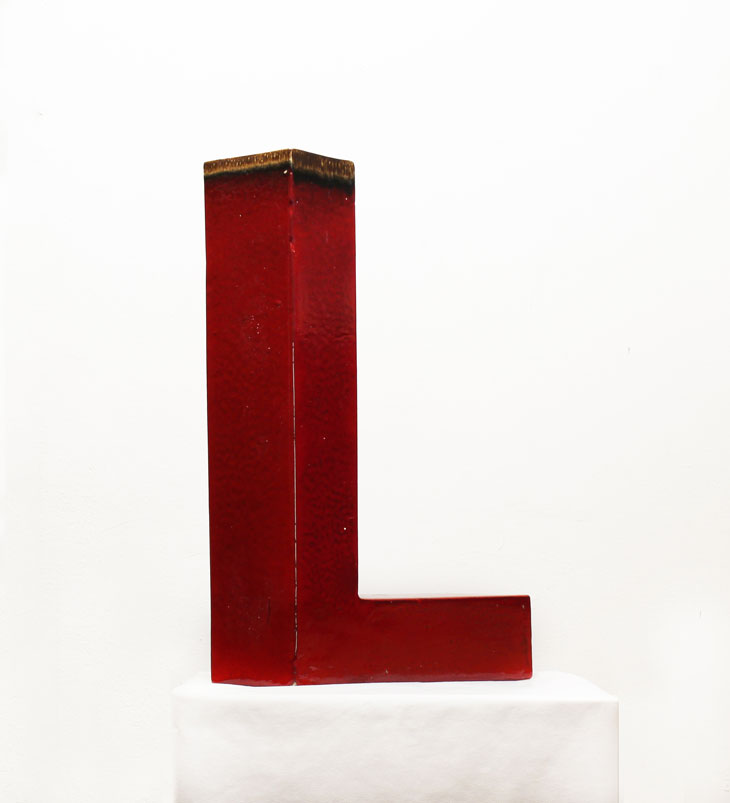
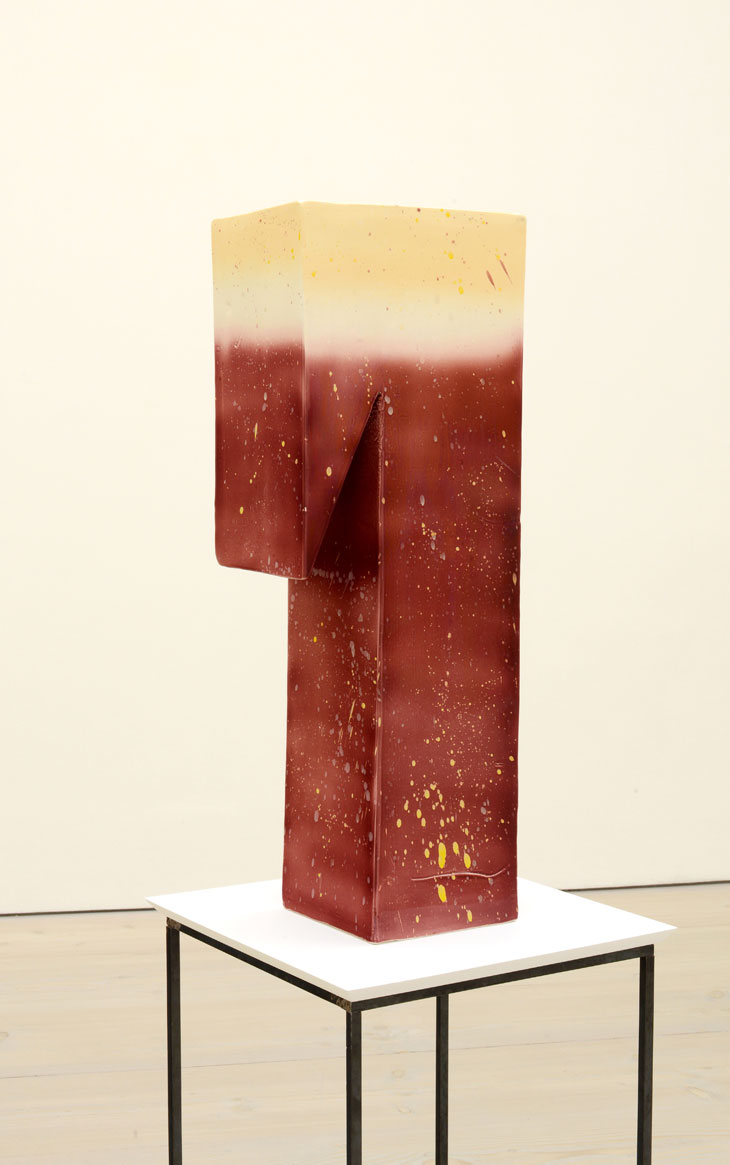
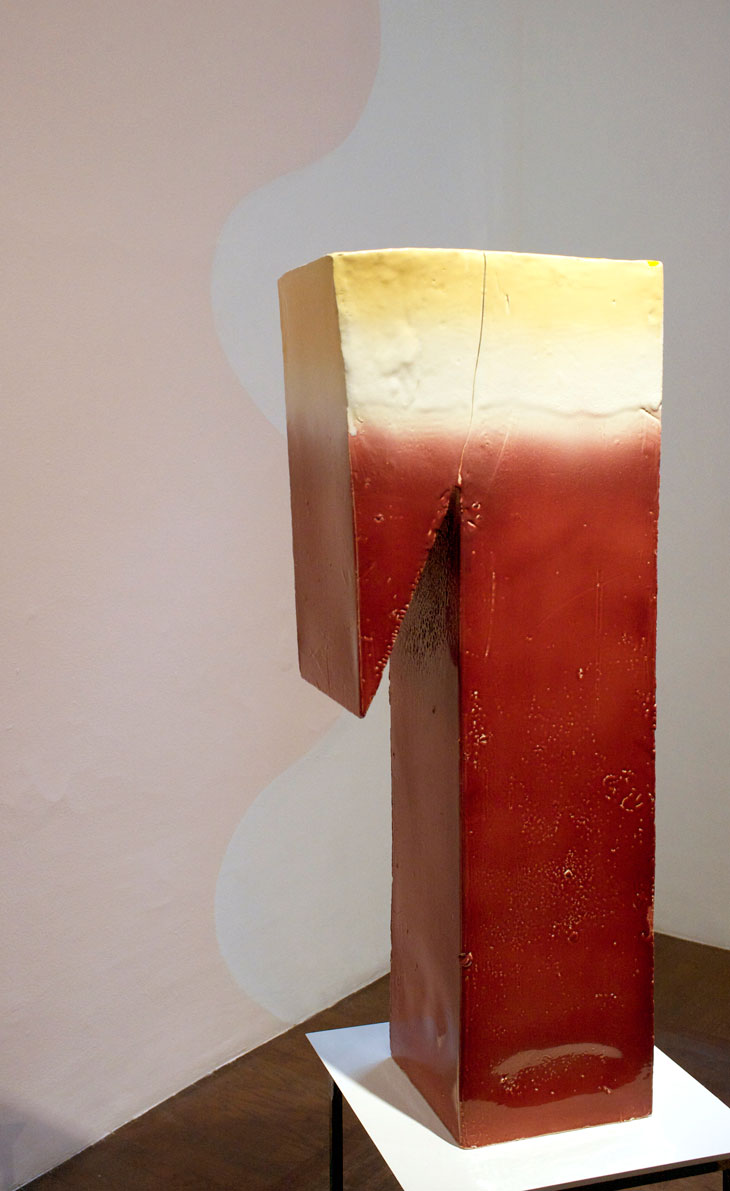
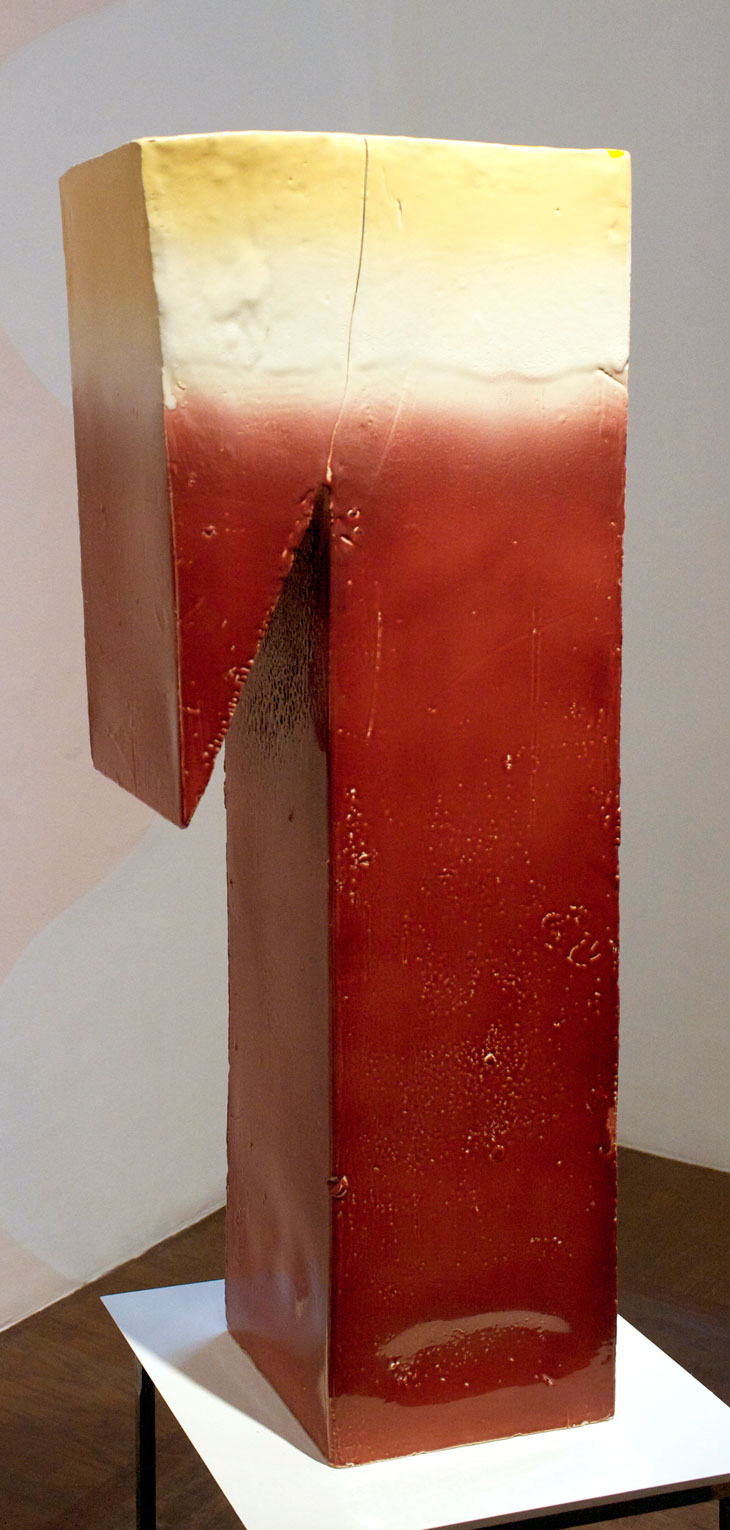
Pia Camil
Paradoxically, the artist’s attraction to the physical qualities of craft techniques has never been one of romanticising laborious processes. Camil is more interested in the intrinsic usefulness of craft forms as cultural signifiers, with meanings rooted in both feminist and materialist histories. Massive hand dyed wall hangings, elaborate ponchos and glossy ceramic vases, suggest a theatrical staging of an interior world. These objects have been props in Camil’s live performances that experiment with the formal qualities of domestic spaces. Often presenting multiple objects within the same room, the artist is known to have rearranged objects to activate a cyclical conversation. Blurring the space between exhibition and set design, Camil leaves the spectator to conclude his or her own reading of these interactive set-ups between inanimate objects.
Camil’s practice enacts possible ‘other’ functions for the dissemination of visual art (theatre, architecture and advertising to name a few). While her reuse of billboards as a promotional form highlight the failure of the commercial system, the notion of consumer culture draws attention to the spectacle of an art form centered on objects and things. Ever disarming, the tropical colour themes (cream, tan, blue, and purple, with brighter accents of yellow, red, and peach) offset the linguistic fragments of her ceramic series (Fragmento, 2014), which are as self-aware as their audience. Camil’s work is a consistently inquisitive attempt at making and re-making objects; be it performing a ‘negation’ of a work by the American choreographer Yvonne Rainer, resituating the Russian supremacist Kazimir Malevich’s black square in three-dimensional public space or her incessant reordering of fragments. The convergence between discrepant urbanisms and aspects of modernist culture form a site for the articulation of failure as a means of reinvention.
© Osei Bonsu, 2014
Pia Camil’s objects are never quite what they seem, meaning that they are almost always misunderstood. The artist draws from the symbolic universe of contemporary consumerism, incorporating the signs, objects and things that form part of everyday life. Compelled by the failures of capitalist strategies, Camil’s performance objects propose a friction between non-linguistic representation and modernist symbols. The domestic warmth of her sensuous ceramics, textiles and interiors are merely a veil for a practice that is better aligned with the hard-edges of New Mexico’s urban vernacular architecture and post-industrial ruins. In her wide ranging practice, Camil trawls highways to reclaim abandoned structures and thereby activates spaces of intervention to uncover the aesthetics of failure.
















